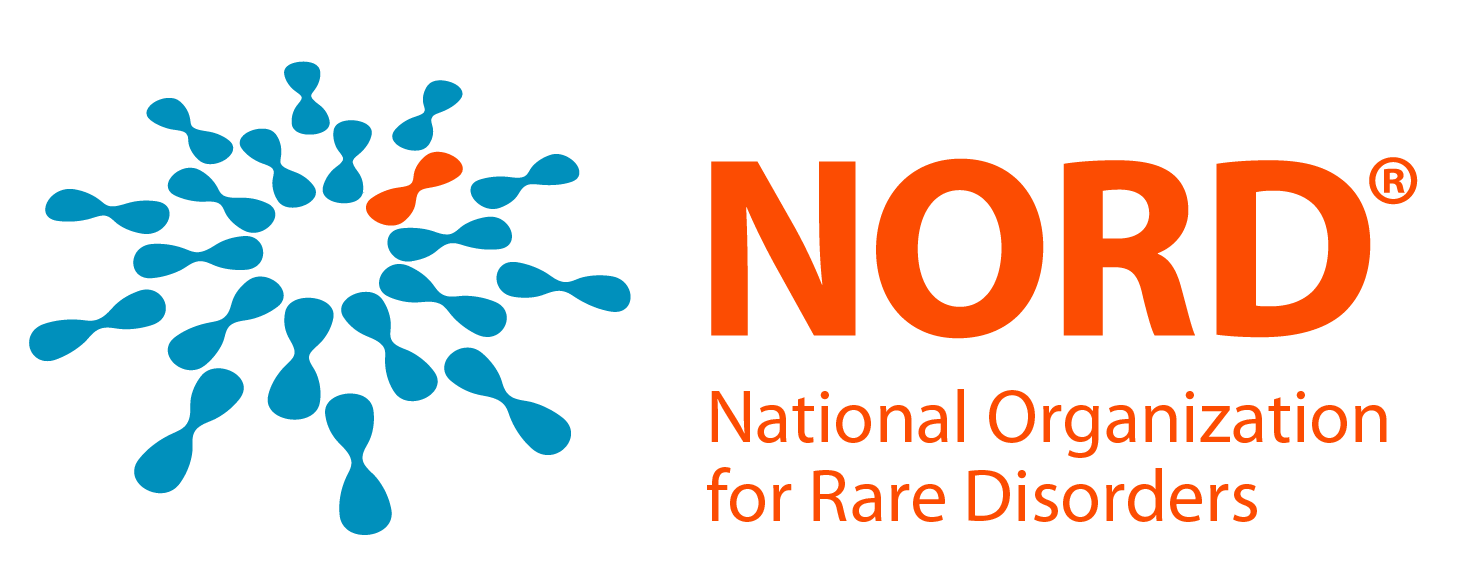Summary
Eosinophilic granulomatosis with polyangiitis (EGPA) is a rare immune disorder of the blood vessels that can affect multiple organ systems, especially the lungs. The disorder is characterized by the presence of white blood cells called eosinophils (hypereosinophilia) in the blood and tissues resulting in inflammation of blood vessels (vasculitis) and the development of inflammatory nodular lesions called granulomas (granulomatosis).
EGPA can develop over time with many affected individuals presenting initially with a history of nasal symptoms suggestive of allergies or sinusitis. In addition, worsening asthma and other associated lung abnormalities (i.e., pulmonary infiltrates) often precede the development of more severe symptoms and findings seen in EGPA. Asthma, a chronic respiratory disorder, is characterized by inflammation and sensitivity of the airways due to narrowing of the airways or obstruction due to mucus. When severely affected by eosinophils in the airways, as in the case of EGPA, it can cause breathing difficulties (dyspnea), cough, a high-pitched whistling sound while breathing (wheezing) and/or other symptoms and findings.
Nonspecific findings associated with EGPA typically include flu-like symptoms, such as fever, a general feeling of weakness and fatigue (malaise), loss of appetite (anorexia), weight loss, joint pain (arthralgia) and muscle pain (myalgia). Additional symptoms and findings vary depending on the specific organ systems affected. Other organ involvement can occur. For example, the gastrointestinal tract can be affected by eosinophils and cause symptoms of abdominal pain, nausea/vomiting and rarely more severe symptoms. The skin may be involved and include red bumps or rashes or hives. The nerves outside the central nervous system (peripheral nerves) can cause feelings of numbness or tingling in the arms or legs. The heart and kidneys may also be affected. EGPA can occur in children and in older adults; however, the average age of patients diagnosed with EGPA is 40 years old.
Often, people with EGPA have a long “prodrome” of disease occurring over months to years, though some may present acutely with serious organ damage and potentially life-threatening complications. EGPA is a chronic disease without a known cause. Research has shown that abnormal functioning of the immune system plays an important role. Available treatments are used to put patients in remission by suppressing the immune system and reducing the inflammation associated with EGPA.
Introduction
EGPA was first described by two pathologists, Jacob Churg and Lotte Strauss, for whom the disease was previously named when it was referred to as Churg-Strauss syndrome. In 1951, these physicians noticed that some of their patients had symptoms of severe asthma, fever, high levels of eosinophils in their blood and vasculitis that involved small- and medium-sized blood vessels and the formation of granulomas, which occur from a persistent inflammatory response.

Every day matters for patients, researchers, and families who rely on NORD's trusted information.
We can’t keep these resources free and growing without your help.
Please donate today — and power the future of rare disease progress.


Whether you’re a patient, researcher, student, or advocate — we’re here for you.
If you’ve found NORD’s resources helpful, please consider donating.
Your support keeps this information free, updated, and available for everyone who needs it.

